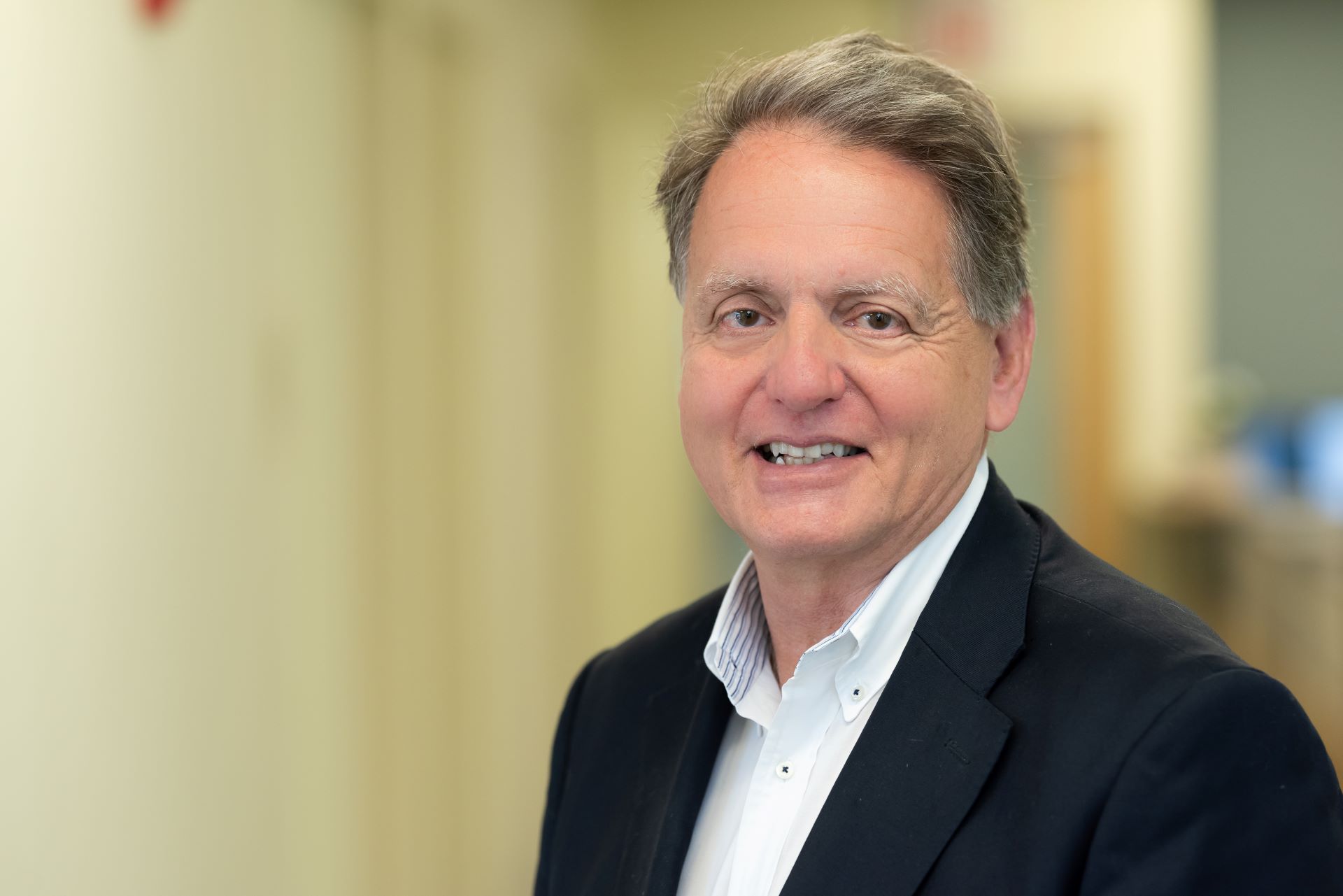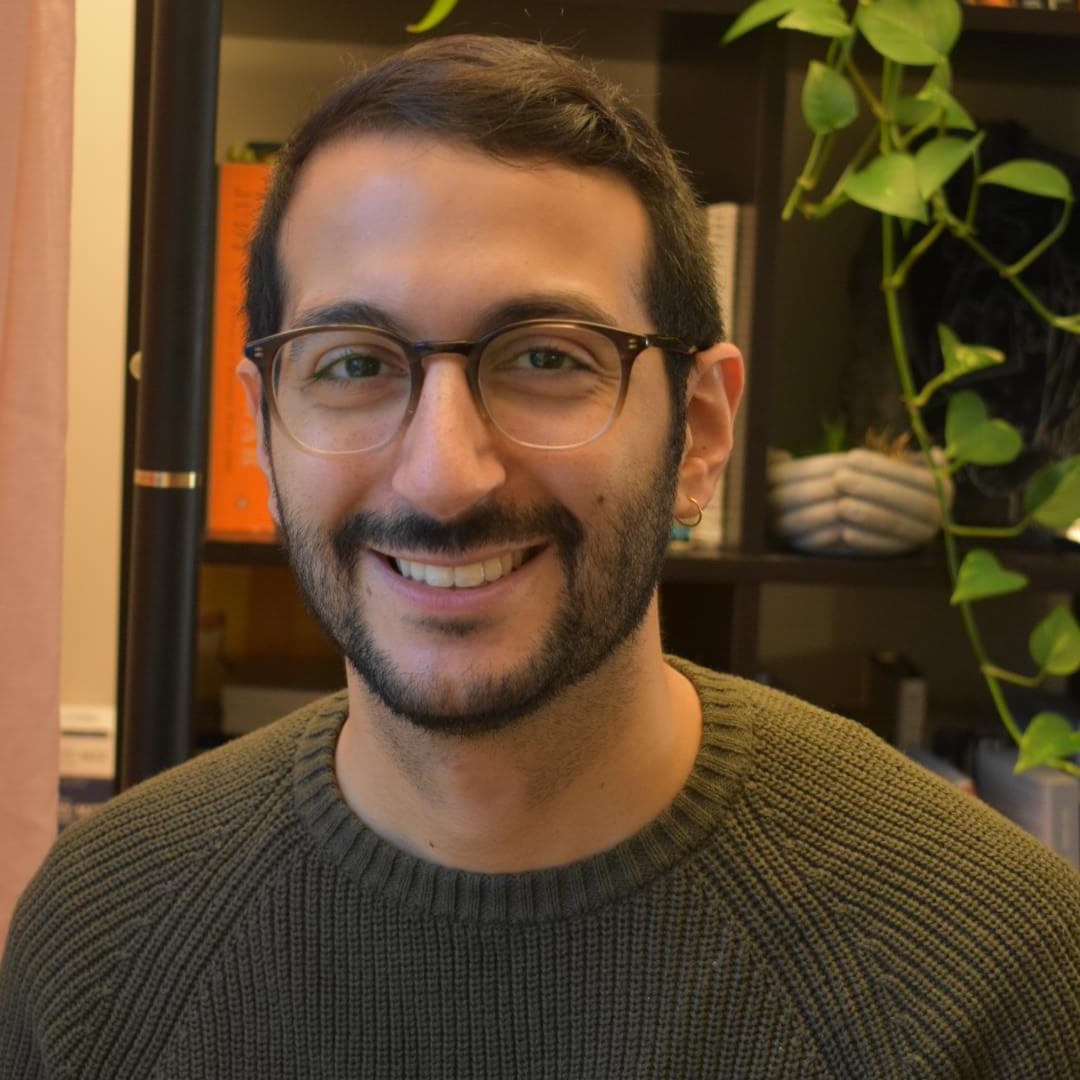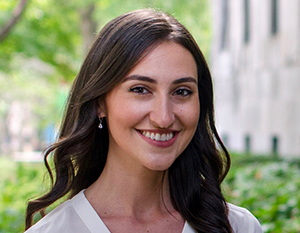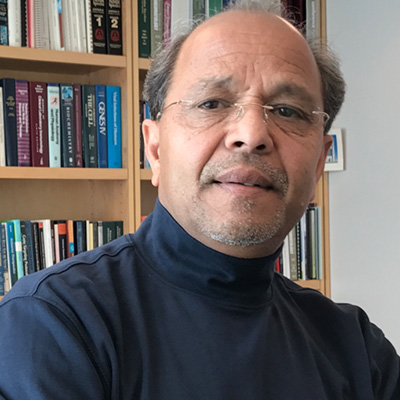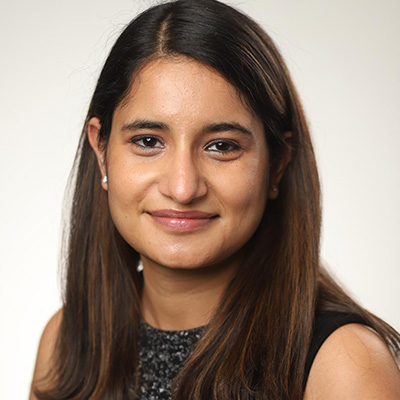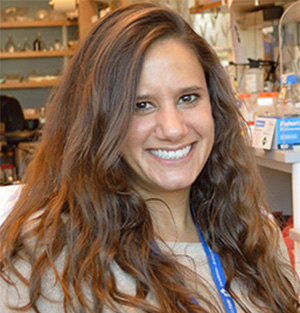
Looking for something?

Julia Alterman, PhD
RNA Therapeutics Institute,
University of Massachusetts Medical School
How did you become interested in the field of oligonucleotides?
After finishing my bachelor’s degree at the University of Vermont I started my scientific career in the vibrant Boston biotech community. My first position was as a Research Assistant at a small company, Resolvyx Pharmaceuticals, focused on developing a set of DHA and EPA derivatives, resolvins and neuroprotectins, for the treatment of inflammation. Three years later I joined Anchor Therapeutics, a company that worked on pepducin compounds, short lipidated peptides for modulating GPCR activity. It was during this time that my interest in chemical biology and fascination with the effect of chemical modification on pk/pd properties of molecules was solidified. While working at Anchor, I progressed from Research Associate to Scientist where I was responsible for leading multiple in vitro pharmacology projects.
It was at this time I realized I wanted a role in defining the future of therapeutic programs, a responsibility for which I would need an advanced degree. I began pursuing my master’s degree at Harvard University, and when it came time to design a thesis project I had the good fortune of being introduced to Anastasia Khvorova, at the University of Massachusetts Medical School, whose work on chemically modifying therapeutic oligonucleotides for improved distribution and delivery fit perfectly with my interest in structure activity relationship studies. Working at the RNA Therapeutics Institute among RNA legends such as Nobel Prize Winner, Craig Mello, Breakthrough Prize winner, Victor Ambros, Alnylam Founder, Phil Zamore, and current Moderna CSO, Melissa Moore, I realized the transformative nature of RNA therapeutics research. Following completion of my master’s thesis working on cholesterol conjugated, chemically modified siRNAs targeting huntingtin mRNA, I decided to continue my research at the intersection of neurotherapeutics and RNA chemical biology and pursue my PhD with Dr. Khvorova. My PhD research resulted in the development of a novel siRNA chemical scaffold exhibiting potent, long-term, and widespread delivery to brain. This discovery went on to found Atalanta Therapeutics, a new biotech company in Boston developing this technology for the treatment of a wide array of neurological diseases. After aiding in the startup of Atalanta Therapeutics I have returned to the University of Massachusetts Medical School to help run the oligonucleotide wing of a new molecular therapy institute aimed at developing the next generation of chemically modified siRNAs for the treatment of genetically defined diseases.
How did you become involved in OTS and why do you continue to support society?
I attended my first OTS Meeting in 2014, the year I joined Anastasia’s lab, and have continued to attend in the years since. This is my absolute favorite meeting. From new chemistries all the way to oligonucleotide therapeutics in clinic this meeting does a wonderful job of covering the breadth of interdisciplinary research that fuels the development of novel oligonucleotide-based therapies.
Why do you continue to support the society?
Attending these meetings is the highlight of my year. I continue to support the society because it is an excellent resource for the latest and greatest in therapeutic oligonucleotide development.
What is special about the type of research/work you’ve done?
As I mentioned, the research I have had the honor to be a part of has led to the development of a novel siRNA chemical scaffold that could have value in the treatment of a number of debilitating neurological disorders. Being a part of a project that may one day help patients suffering from genetic neurodegenerative diseases is truly rewarding and humbling.
Any other fun facts/tidbits you would like us to know!
I wanted to be a movie star when I was younger. I actually went into college as a theater major! Unfortunately, I couldn’t act, sing or dance, so I settled for chemically engineering siRNAs instead.


